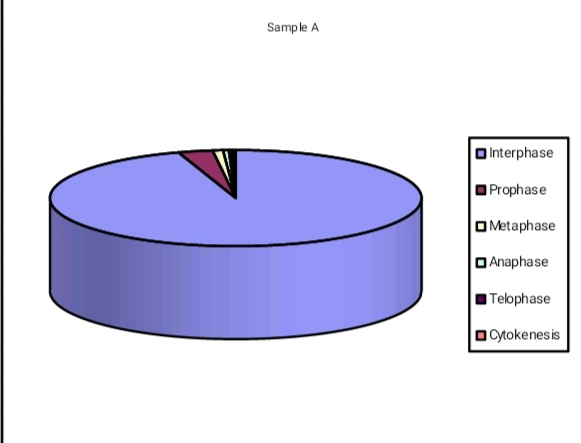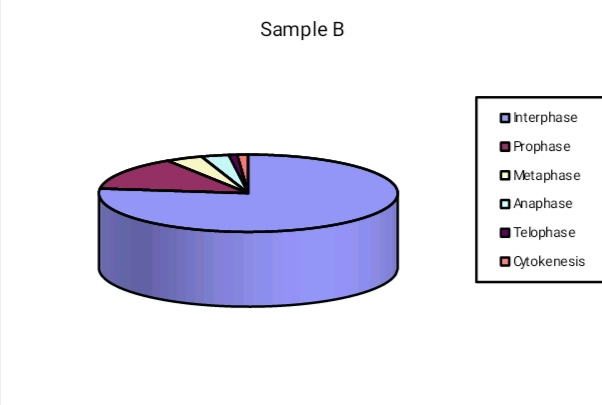
All Solutions
Page 64: Review
1. The prophase is the first stage in mitosis during which the DNA strands or the chromosomes condense and become compact. Each chromosome is made up of 2 identical strands to be transferred to the daughter cells on division.
2. Metaphase is the second stage in mitosis during which the chromosome line up for cell division to occur.
3. Anaphase is the third stage in mitosis during which the DNA strands become divided. They travel to opposite ends of the parent cell after separation.
4. Tellophase is the forth stage of mitosis during which the chromosome strands stretch out. Two nuclei seem to be formed in the same parent cell, one of each of the 2 daughter cells to be produced.
volume ratio and therefore the more efficiently it can allow diffusion to occur via its body. Muscles cells are required to be active and therefore need to be smaller in size so that they can fulfill their role in the human body. Fats cells only purpose is to store excess nutrients of the body as fats, they do not actively participate in bodily functions and therefore afford to be slightly larger in size.
text The total number of counted cells in sample A is :337 \
The total number of counted cells in sample B is :326 \ \
setlength{tabcolsep}{18pt}
renewcommand{arraystretch}{1.5}
begin{tabular}{ |p{2cm}|p{2cm}|p{2cm}|p{2cm}|p{2cm}|p{2cm}|p{2cm}|}
hline
multicolumn{7}{|c|}{The percentage of time spent by cell in each stage of cell cycle} \
hline
Samples & Interphase & Prophase & Metaphase & Anaphase & Telophase & Cytokinesis \
hline
Sample A & 95 & 3 & 0,9 & 0,5 & 0,3 & 0,3 \
hline
Sample B & 77 & 14 & 4 & 3 & 0,9 & 1,2 \
hline
end{tabular}\


During the cell cycle of sample B, Interphase takes 77$%$ of the cycle and mitosis takes 27$%$ of cell cycle.
as it known the embryonic cells divide more rapidly than others body cells. While some others specialized cells as an adult nerve cells may never divide.
$$
mathrm{6CO_{2(g)} + 6H_2O_{(l)} longrightarrow C_6H_{12}O_{6(l)} + 6O_{2(g)}}
$$

